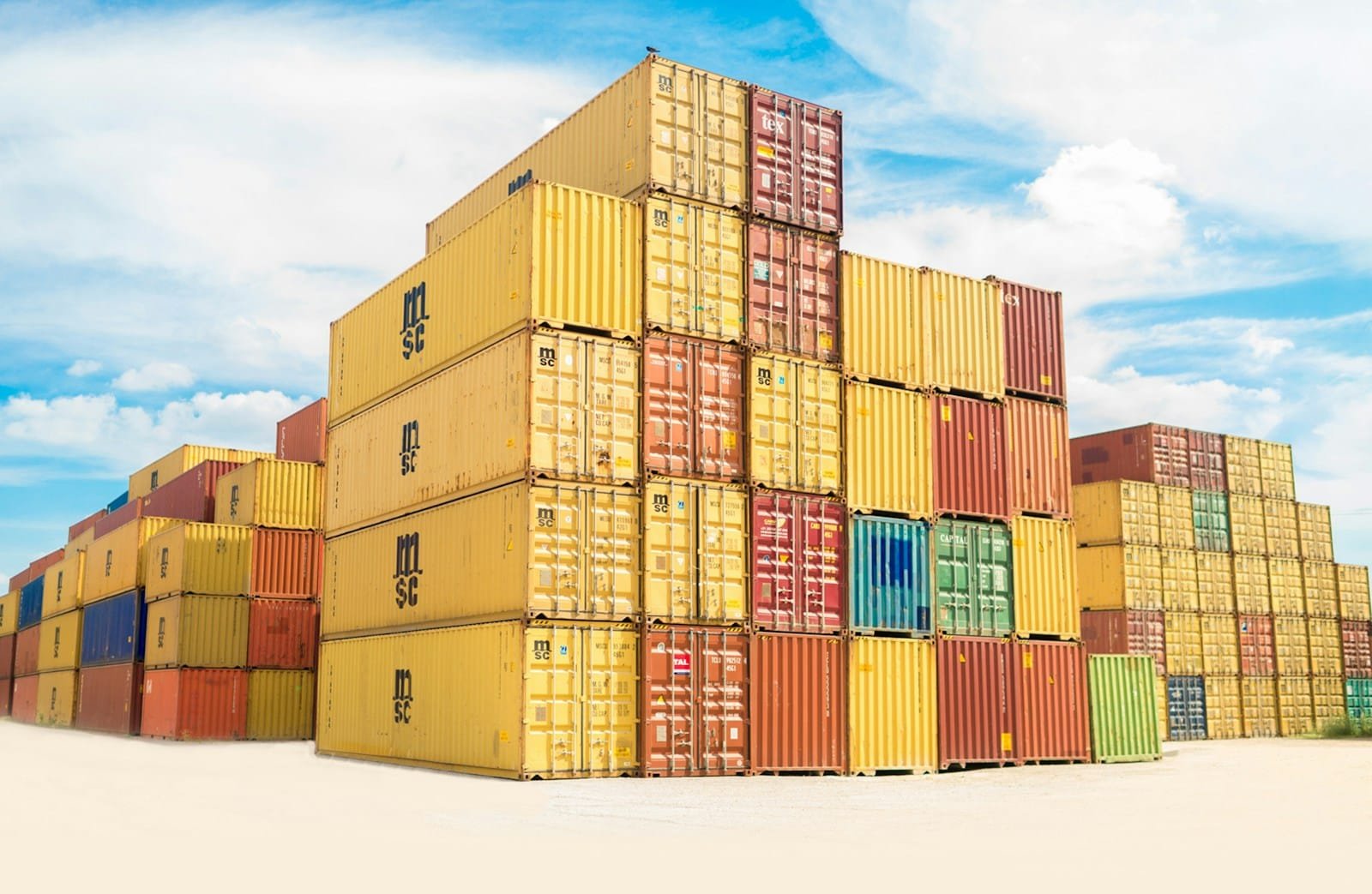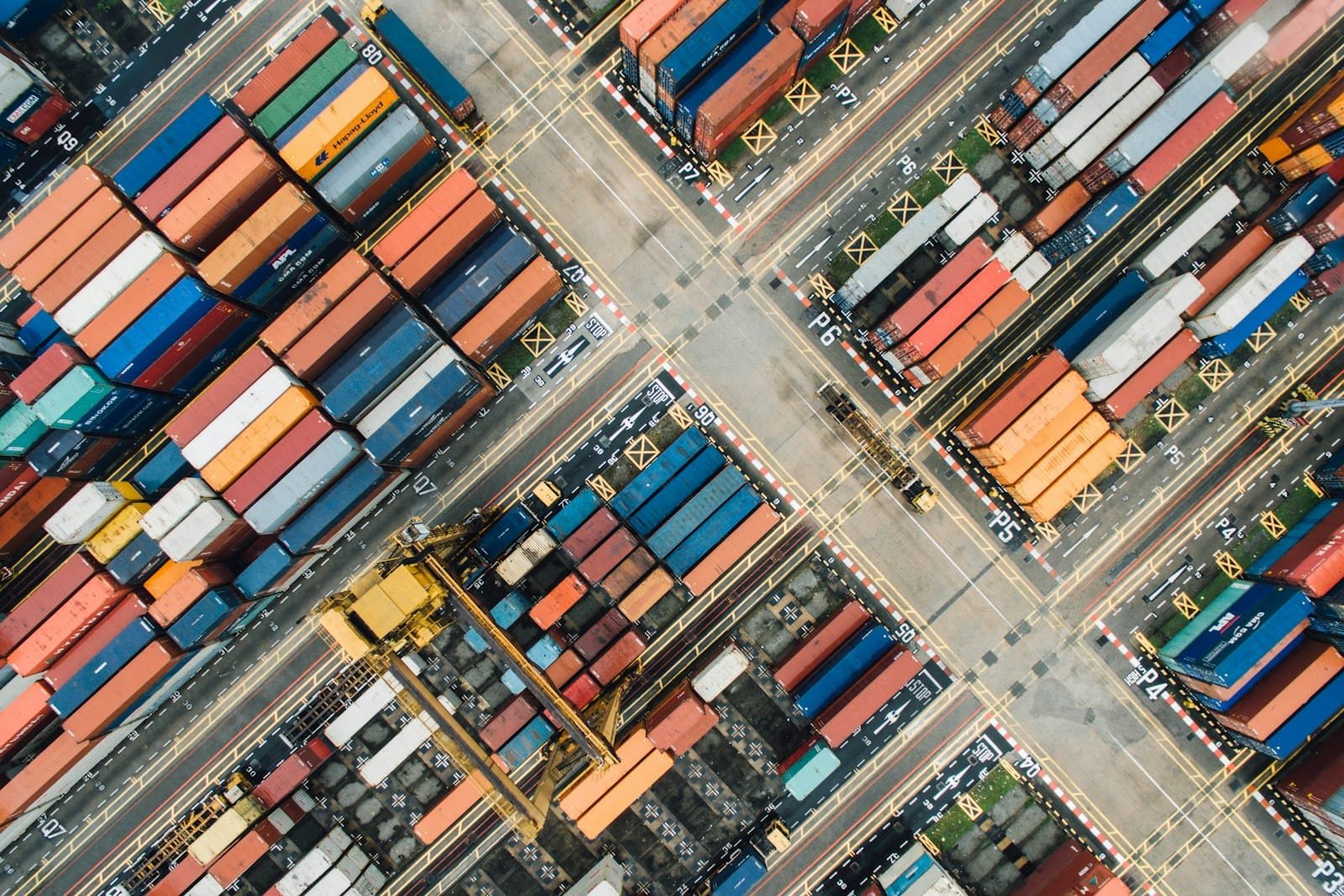In today’s world, sustainability is becoming more than just a buzzword; it’s a critical focus in the logistics industry. As consumer awareness around environmental impact grows, businesses are under mounting pressure to adopt greener practices in their operations. Sustainable logistics has emerged as a key solution, benefiting not only the environment but also enhancing brand reputation, customer loyalty, and long-term profitability.
What is Sustainable Logistics?
Sustainable logistics refers to the integration of eco-friendly practices in the management of logistics activities—ranging from transportation to warehousing and packaging. It aims to reduce the carbon footprint, minimize waste, and promote the efficient use of resources across the supply chain.

Why Sustainable Logistics Matters
For businesses, going green isn’t just about complying with environmental regulations or keeping up with trends. It’s about driving real change, ensuring long-term profitability, and securing a competitive edge in the market. Sustainable logistics:
- Reduces Environmental Impact: From lowering greenhouse gas emissions to minimizing packaging waste, sustainable logistics helps mitigate negative effects on the environment.
- Meets Consumer Expectations: Modern consumers increasingly prioritize sustainability when choosing which brands to support.
- Improves Operational Efficiency: Sustainable logistics can lead to cost savings through reduced energy consumption and optimized transport routes.
- Boosts Brand Loyalty: Businesses adopting eco-friendly logistics practices often experience enhanced customer loyalty due to their commitment to social responsibility.
Key Trends Driving Sustainable Logistics
Several innovative trends are shaping the future of logistics, allowing companies to reduce their environmental impact while staying competitive. Here are some of the most significant:
- Electric Vehicles (EVs): The shift towards electric delivery vehicles is gaining momentum. Companies like Amazon and UPS are making substantial investments in EV fleets, reducing their reliance on fossil fuels and cutting greenhouse gas emissions.
- Reusable Packaging: More businesses are embracing eco-friendly packaging solutions such as biodegradable materials and reusable containers. This move reduces waste, lowers production costs in the long run, and aligns with consumer expectations for sustainability.
- Carbon Offsetting: Companies are also investing in carbon offset initiatives, such as renewable energy projects and reforestation efforts, to neutralize their emissions. This strategy is becoming an integral part of their sustainability journey.

Challenges to Implementing Sustainable Logistics
While the benefits of sustainable logistics are clear, businesses still face several challenges that make widespread adoption difficult:
- Higher Costs: Transitioning to sustainable logistics can be expensive, particularly for small and medium-sized enterprises (SMEs). Electric vehicles, reusable packaging, and renewable energy can require significant upfront investments. However, the long-term benefits—such as cost savings from reduced energy consumption and increased consumer trust—often outweigh the initial expense.
- Infrastructure Limitations: Supporting sustainable practices requires well-developed infrastructure, such as charging stations for electric vehicles. Many regions are still in the early stages of developing these critical resources, posing a barrier to full adoption.
- Complex Supply Chains: The complexity of global supply chains makes implementing sustainability initiatives across all operations a daunting task. Companies must work closely with suppliers and partners to ensure that sustainability is practiced at every stage of the supply chain.
Solutions to Overcome Challenges
To navigate these obstacles, companies are focusing on collaborative efforts, technological advancements, and policy support:
- Collaboration with Governments and Stakeholders: Governments can incentivize sustainable practices through grants, subsidies, and infrastructure development, while businesses can form partnerships to share resources and technology.
- Investing in New Technology: Companies are investing in technologies such as route optimization software, AI-driven supply chain management systems, and smart energy solutions to improve efficiency and reduce emissions.
- Educating Stakeholders: By educating employees, suppliers, and consumers about the importance of sustainability, businesses can create a more unified and motivated network committed to achieving greener logistics.
Case Studies of Sustainable Logistics Leaders
- DHL: One of the leading logistics companies in the world, DHL, has set an ambitious goal of achieving zero emissions by 2050. To meet this target, the company is heavily investing in electric vehicles, renewable energy, and sustainable packaging materials.
- IKEA: Known for its commitment to sustainability, IKEA has been using electric vehicles for deliveries and adopting reusable packaging solutions. The furniture giant is also working to lower its carbon footprint through energy-efficient warehouse operations.
The Future of Sustainable Logistics
The path to sustainable logistics is filled with challenges, but the future looks promising. As infrastructure continues to develop and technology advances, more companies will likely adopt greener practices. By committing to sustainability, businesses can not only reduce their environmental impact but also reap significant economic and reputational rewards.
Frequently Asked Questions (FAQ)
Q: What is sustainable logistics?
A: Sustainable logistics involves integrating eco-friendly practices into logistics operations to minimize environmental impact. This can include using electric vehicles, adopting reusable packaging, and implementing carbon offset programs.
Q: Why is sustainable logistics important for businesses?
A: Sustainable logistics helps reduce carbon emissions, lower operational costs, meet consumer expectations for environmental responsibility, and enhance brand loyalty.
Q: What are some trends in sustainable logistics?
A: Key trends include the use of electric vehicles, reusable packaging, and carbon offset initiatives. These innovations are helping companies reduce their environmental footprint and improve efficiency.
Q: What are the challenges to adopting sustainable logistics practices?
A: Common challenges include high upfront costs, limited infrastructure (e.g., charging stations for electric vehicles), and the complexity of implementing sustainability across global supply chains.
Q: How can companies overcome these challenges?
A: Solutions include collaborating with governments and stakeholders, investing in new technology, and educating the supply chain about the benefits of sustainability.
By adopting sustainable logistics practices, businesses can contribute to a greener future while improving operational efficiency and brand reputation.


